It’s not easy to pin down exactly what about the photograph of Kan Pra, a member of the Ta Oi ethnic group in Central Vietnam, has helped it become widely shared from Instagram page 360nomad and garner a total of over 26,000 likes.
It could be the way in which the deep lines and wrinkled texture in her face – showing off her 92 years of age – complement that mysterious, knowing side glance she gives into the camera. Or perhaps it is the curls of smoke that issue from the metal pipe that she’s gripping between her lips. Then again, it might also be the colourfully patterned tribal costume she’s wearing.
Or maybe it is the response she gives, giggling, when asked how to live a long life: “I don’t know why I can live long. If I stay home, I am sick! Must go to the forest [to work]!”
This is just one of the many colourful photos featured on 360nomad, which showcases the work of American photographer Alden Anderson and his partner Trinh Nguyen. Along with photos capturing the vibrant cultures of Vietnam’s ethnic minorities, one also browses through dreamy photographs of Anderson’s current residency, the picturesque town of Hoi An.
But it is the remote tribal ethnicities that Anderson and Nguyen are presently focused on documenting for their project Vietnam the People. Their goal is to photograph all of Vietnam’s ethnic minorities groups by the year’s end, and, at the time of writing, the two had visited 38 of the 54 registered minority groups.
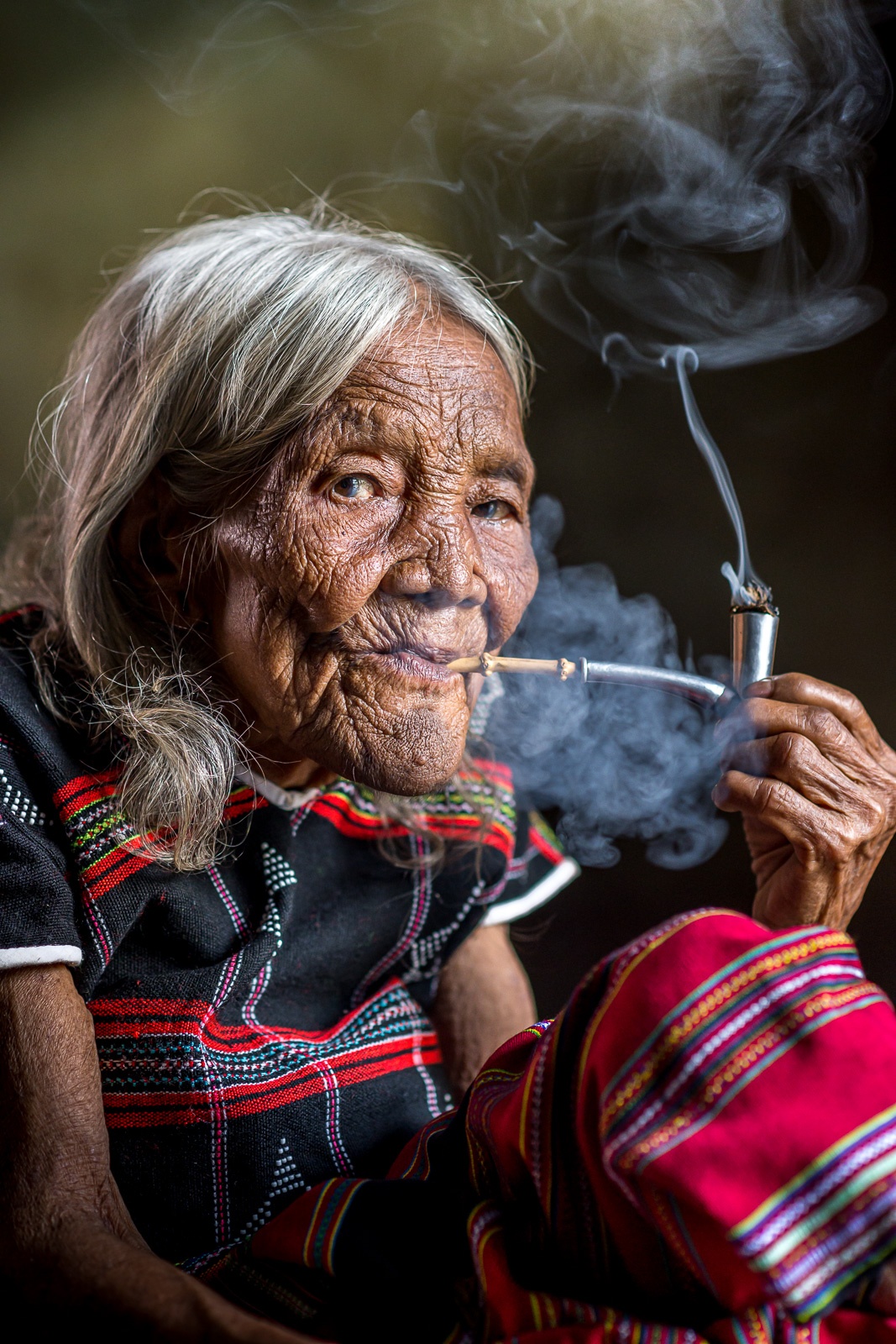
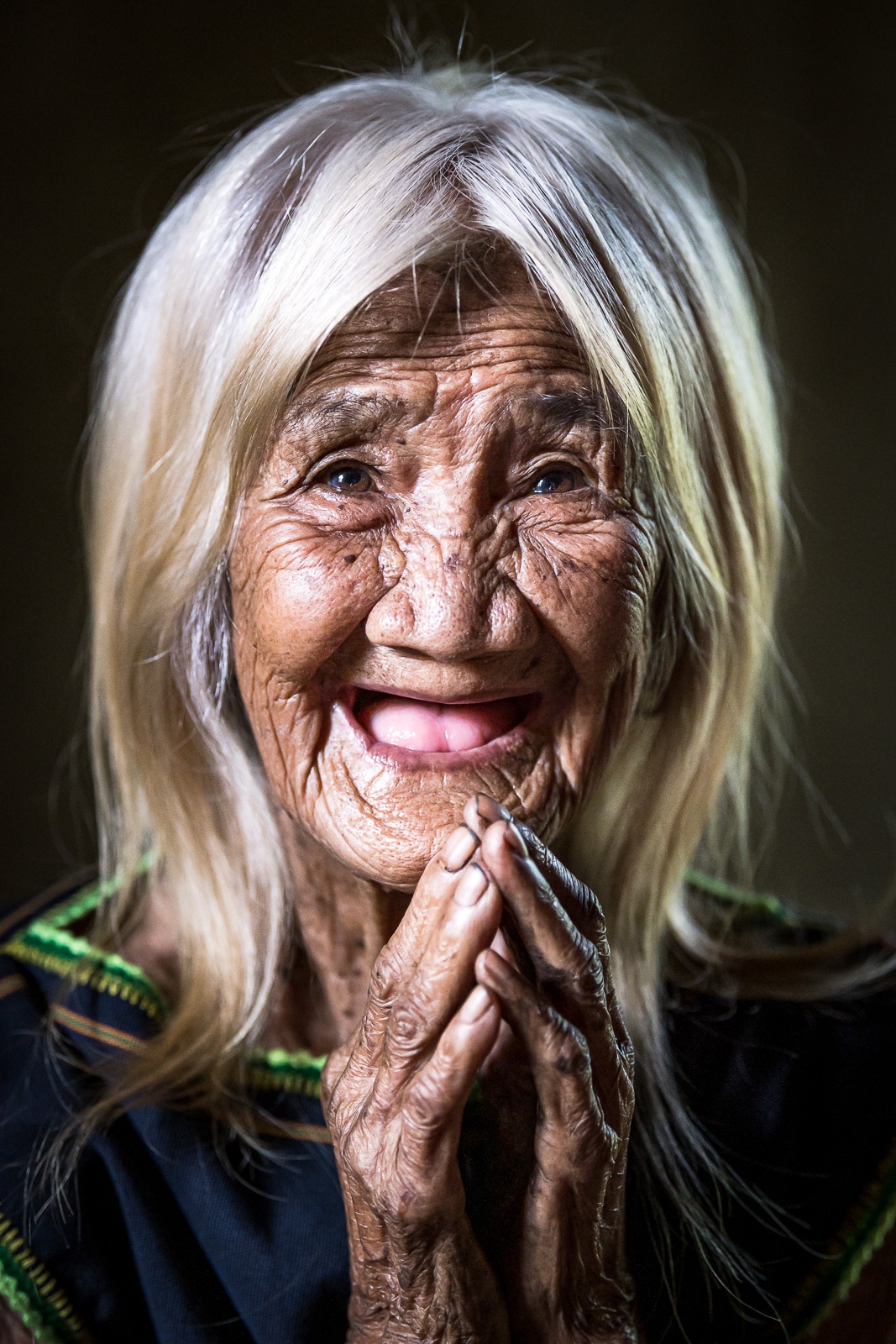
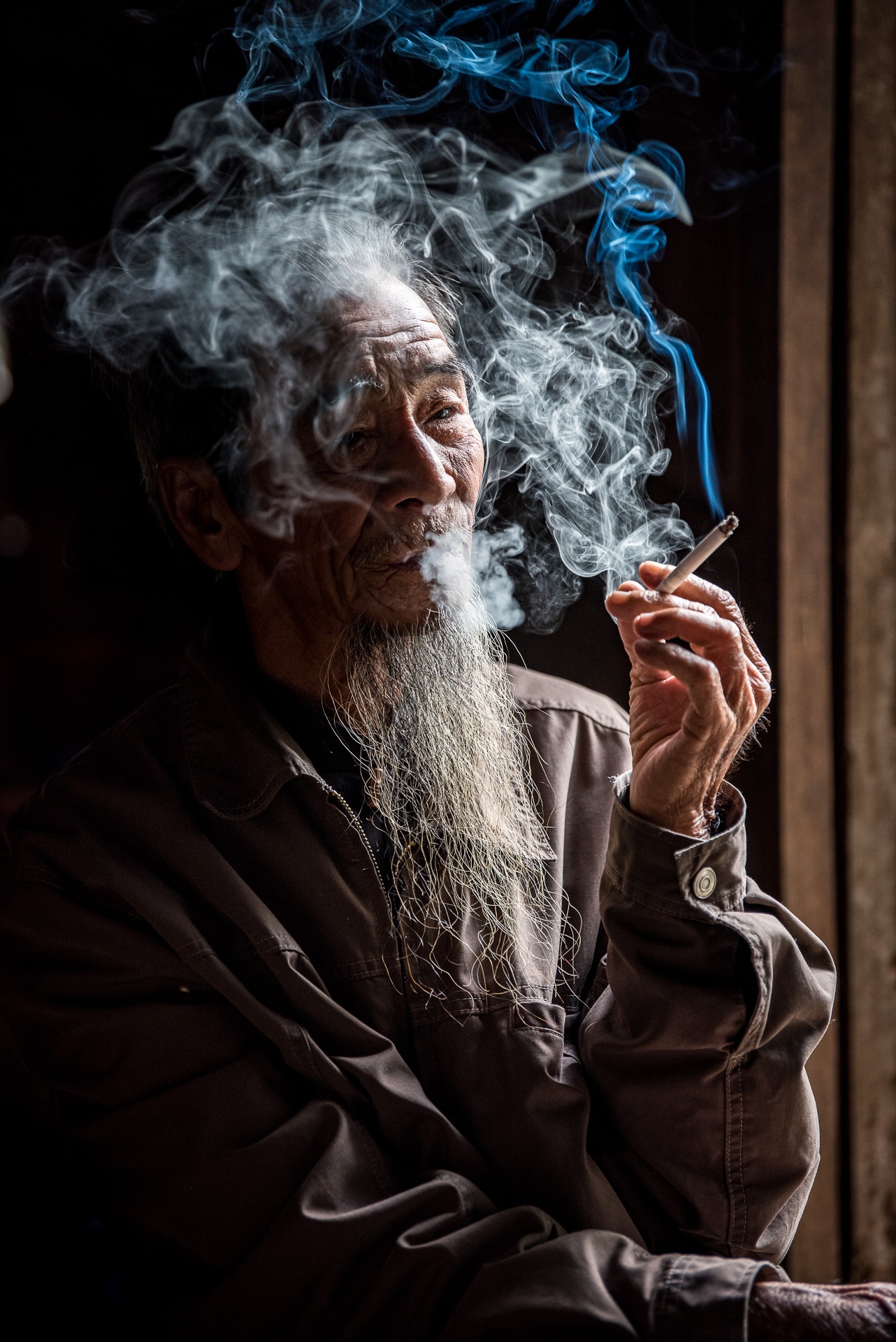
“When we look back at it, it’s very rewarding,” Anderson said, adding that the project is “the most meaningful thing I’ve pursued in my life.”
The duo is already in a good position to undertake this task: Last December, Anderson and Nguyen were lauded with the Grand Prize at Vietnam Heritage Photo Awards, hosted by Vietnam Airlines’ Heritage Magazine.
Anderson’s entry, The Ethnic Diversity of Northern Vietnam, features members of 11 of Northern Vietnam’s mountain tribes wearing traditional dress. One of the competition’s judges, Tran Viet Van, noted that the work could be considered an ethnographic document with deep cultural value to the country.
Vietnam the People is just a continuation of this project, they said. Once it is complete, they plan to pull together an exhibition of their work and, eventually, a book.
In his past life, Anderson did cinematography, visual effects, photography and editing for films and TV shows in his native Los Angeles. Despite all this originating from a childhood interest in photography, however, he said that he “kind of lost that passion when I was doing it as a job”. He quit in 2016 and travelled the world.
It was during these travels that Anderson became inspired by the people he encountered, and began listening to their stories for a loose project he had envisioned, Portraits of Us.
“I was like, ‘I want to talk to people, I want to learn about these people, I’m curious.’ I had so many questions for so many people,” Anderson explained. “And then I was like, ‘Oh, I should take a picture of them.’”
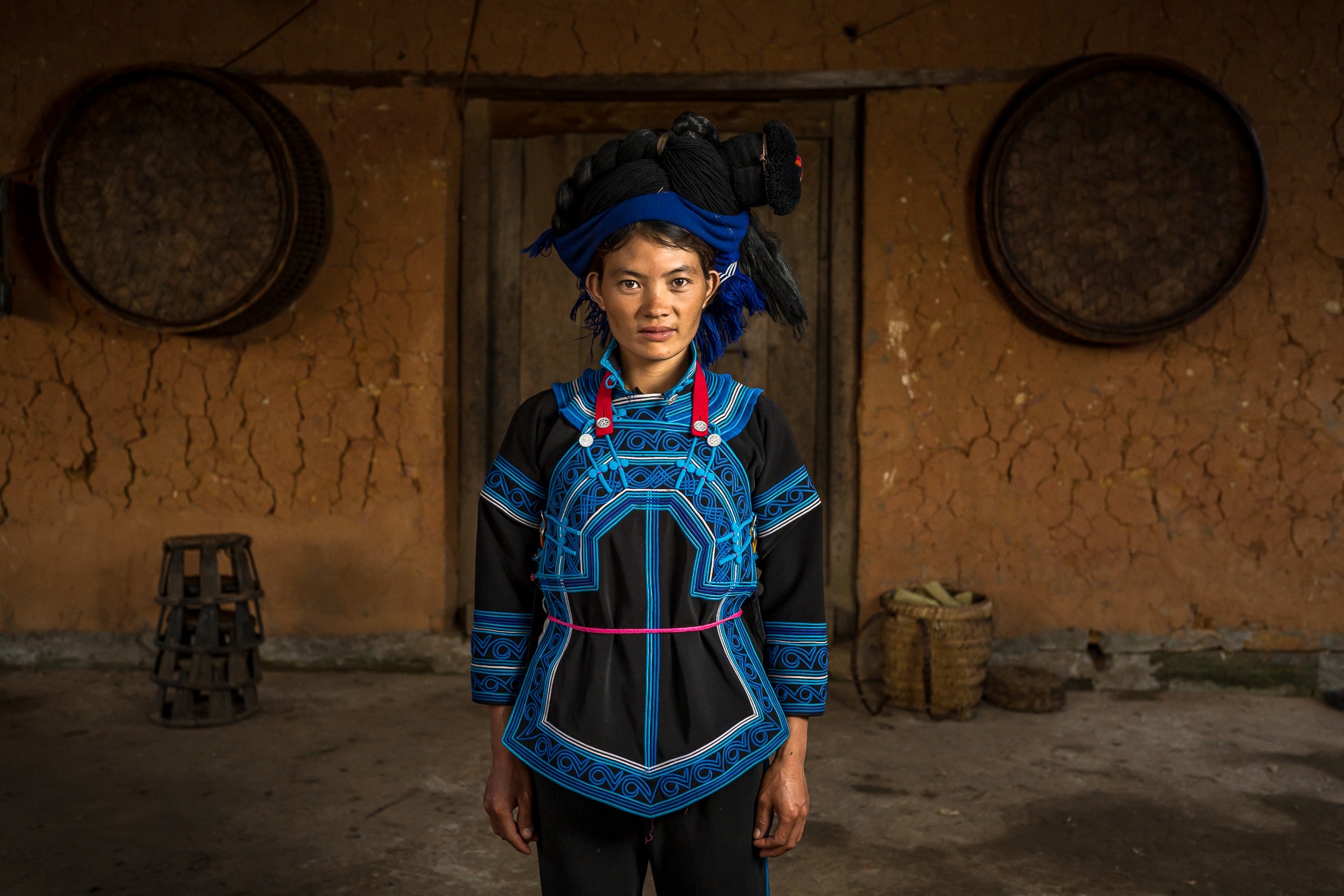
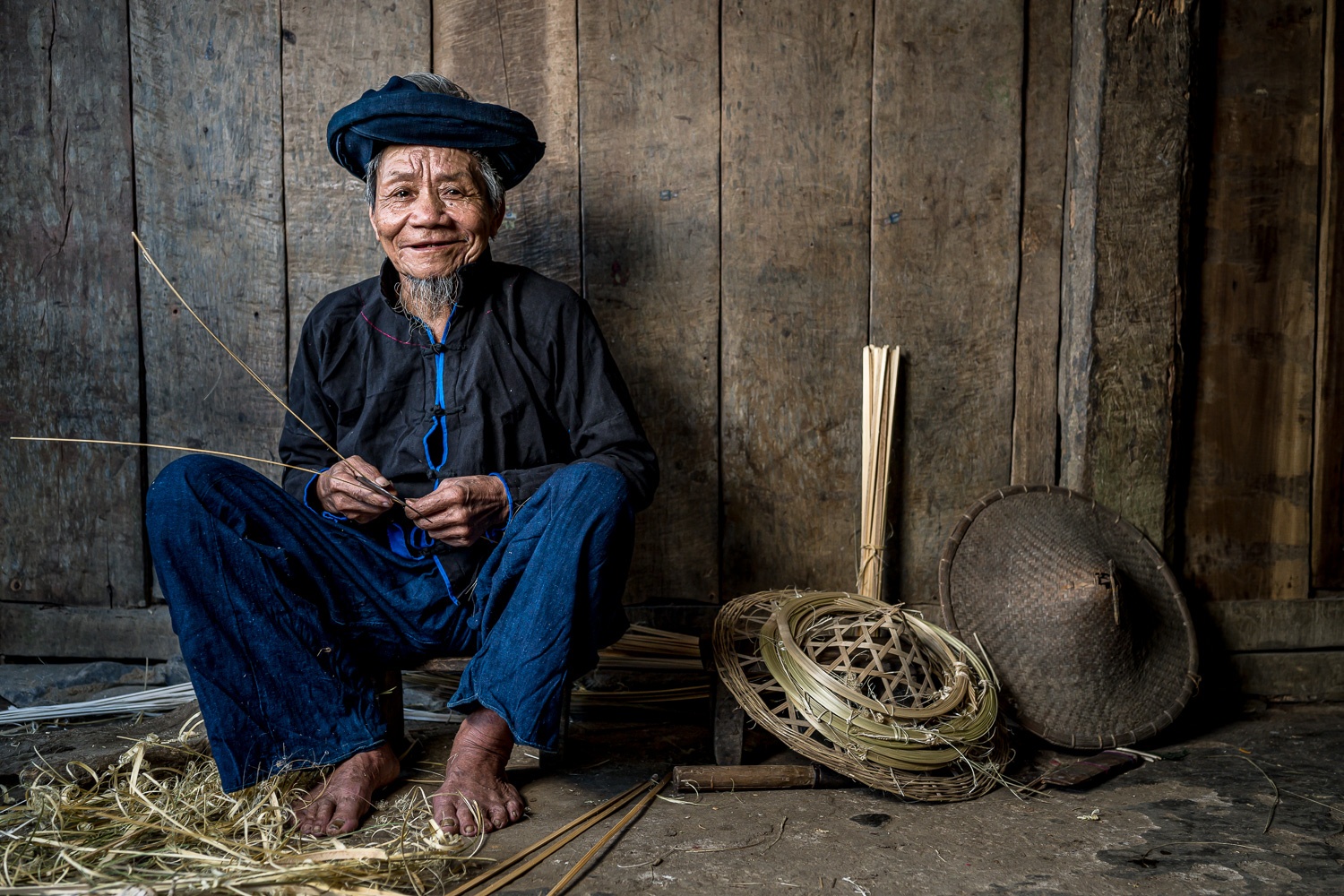
Portraits of Us shifted course when Anderson arrived in Vietnam around two years ago and met Nguyen in Danang, at which point his aim to create a real body of art “kind of became more official”.
This original emphasis on human stories is something that remains crucial for Anderson’s and Nguyen’s ongoing work. One of Nguyen’s many roles is that of interpreter when interacting with villagers, helping to gather key information about the groups and the stories of each subject they photograph. They then meticulously provide this information alongside the respective images on their Instagram page, adding a depth that does not always find its way into professional photography.
Nguyen, who had previously been teaching English in her hometown of Kon Tum, shares Anderson’s strong enthusiasm for Vietnam’s ethnic minorities. Herself being ethnically Viet, she said that her interest stems all the way back to grade school, when she and some of the Central Highlands tribes were practically neighbours.
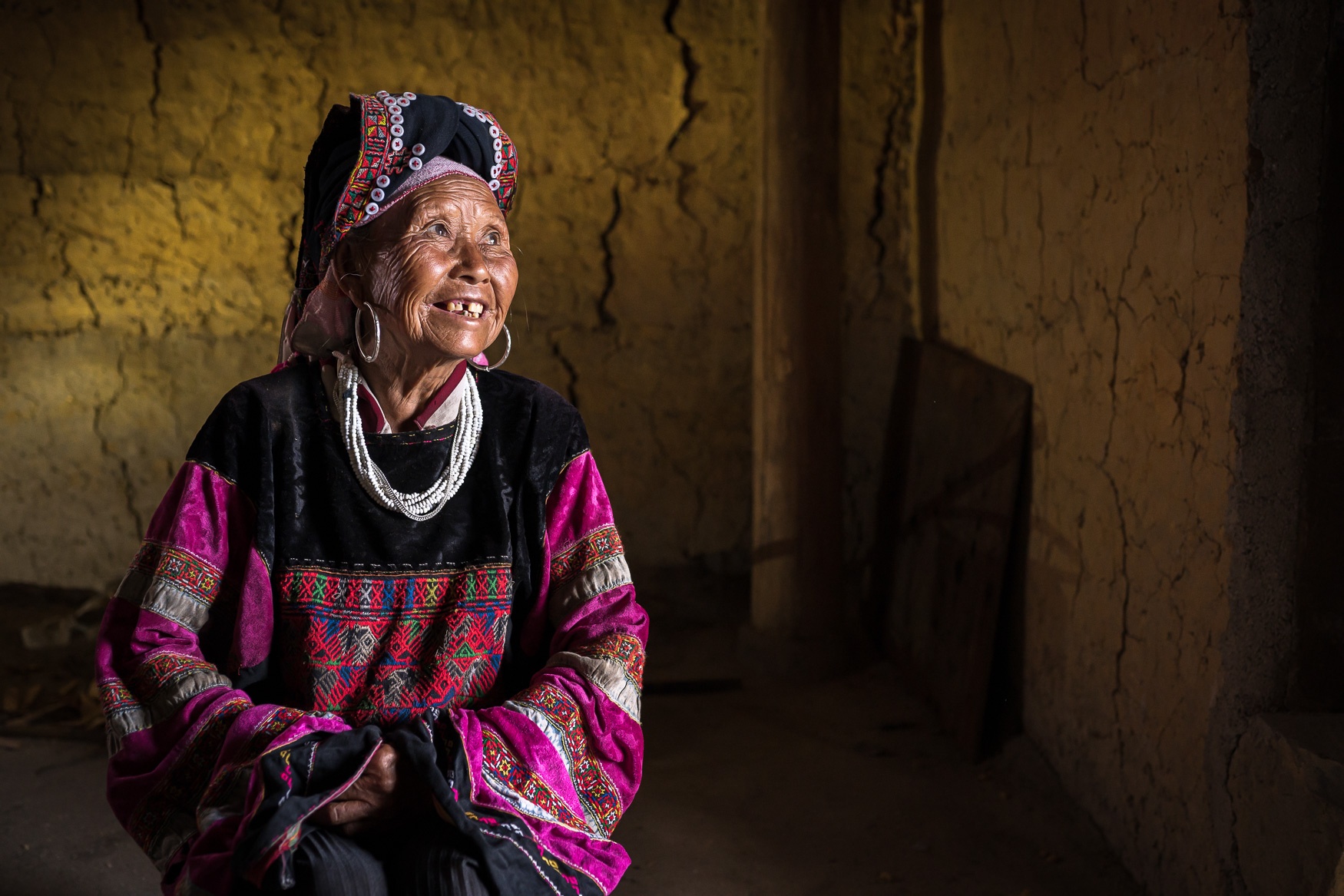
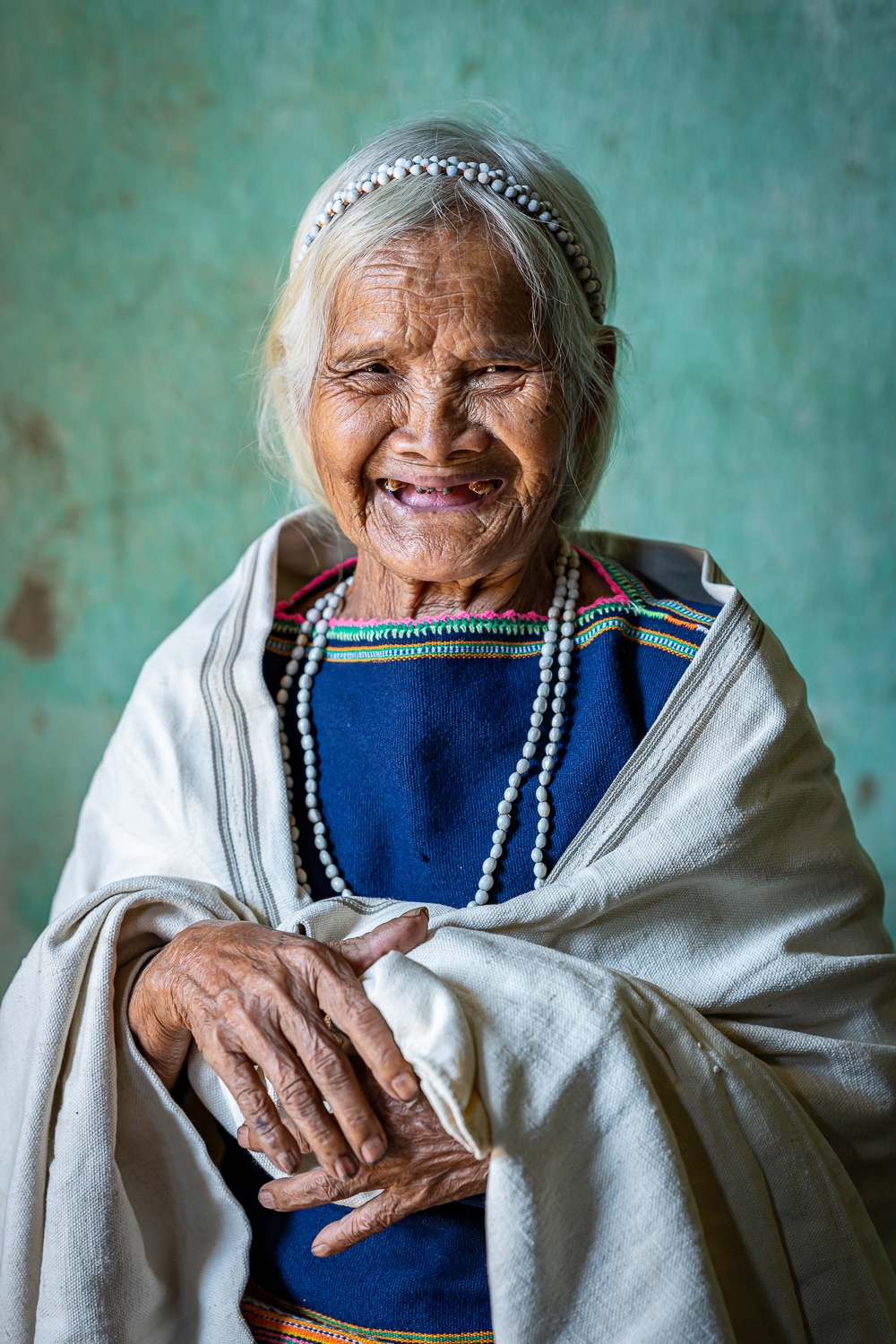
“People in Vietnam, they don’t have many chances to travel around and see the ethnic groups,” Nguyen said.
This motivated her to embark on a partnership with Anderson and help shed more light on these unique lifestyles and stories. Thus, Vietnam the People was born.
Aside from interpreting, Nguyen does the bulk of the research on the customs and traditions of ethnic groups. She also serves as the liaison who secures the permission required from various authorities for accessing some of the minority villages.
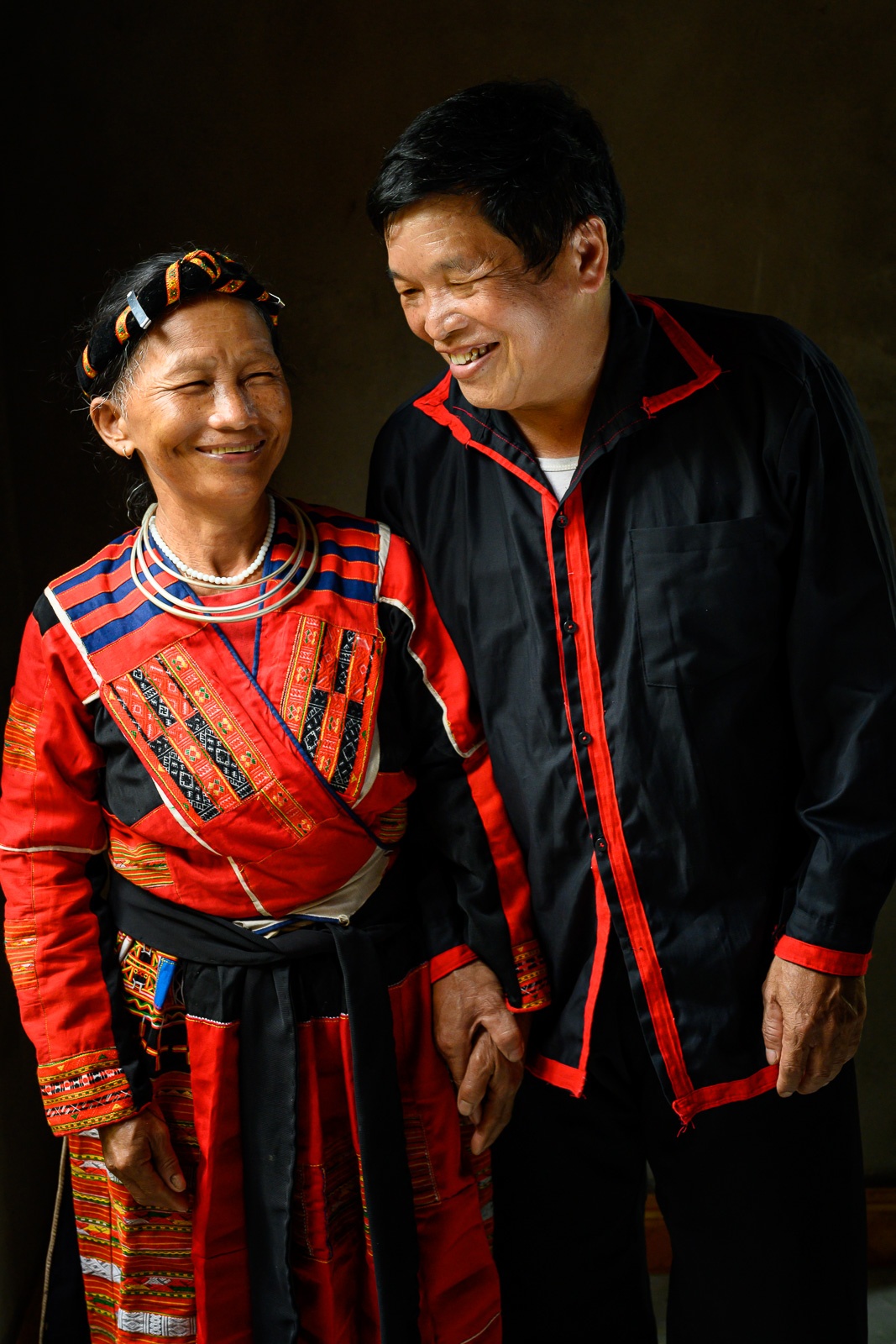
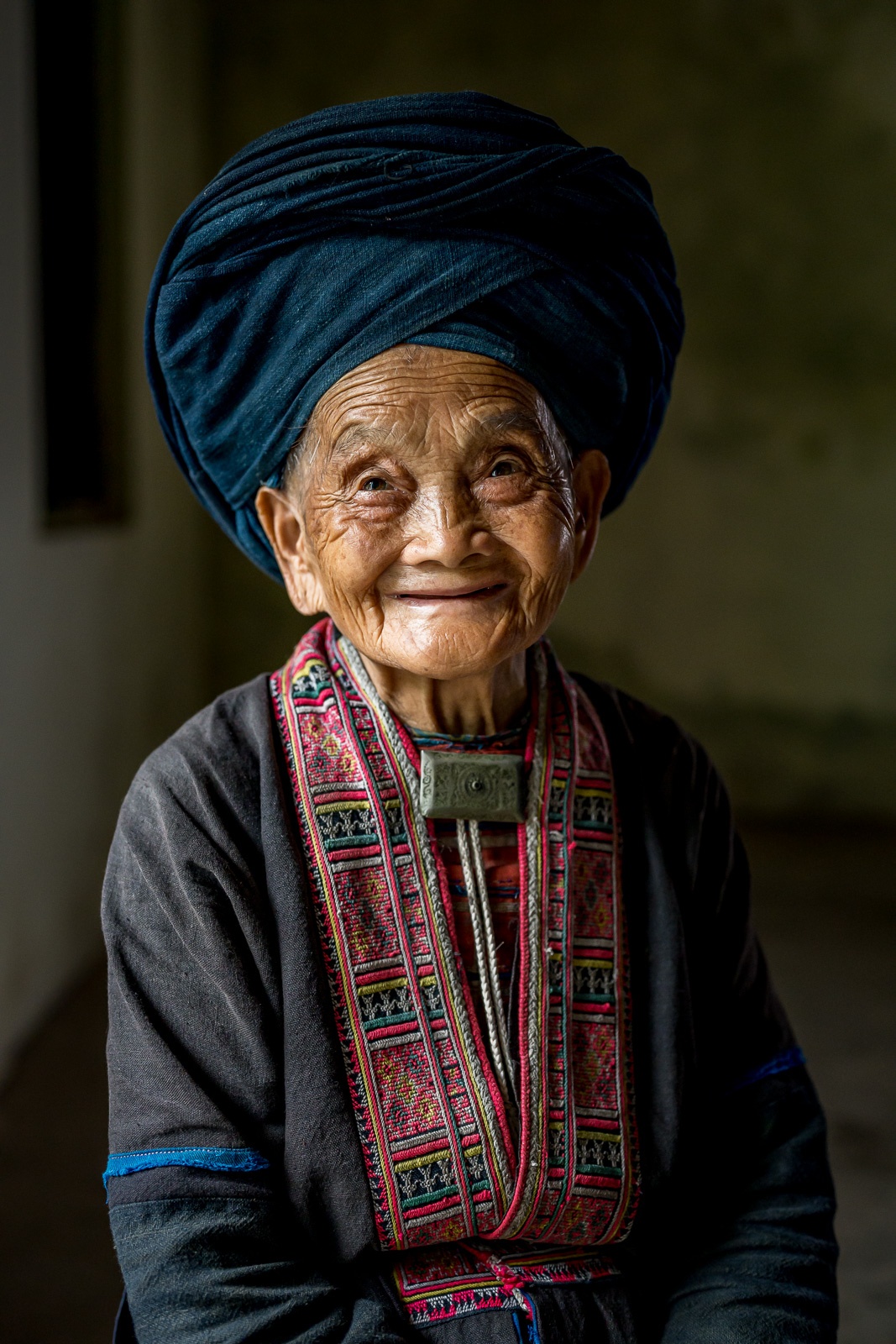
Their task is no easy one. The two usually engage in months of traveling by motorcycle, often driving up extremely narrow and dangerous mountain paths in search of far-removed villages. Asking directions can be disorienting. Natural disasters such as landslides can be a pain. Foul weather sometimes makes for hair-raising experiences; they described getting caught in a storm once while descending a mountain and very nearly being struck by lightning.
Also, with only a 125cc motorcycle with road tires to tackle the mountain roads, Anderson admitted they have “pretty minimal stuff” in terms of equipment.
“We’re not getting paid to do this,” he explained, calling the enterprise a “project of passion”.
“It is a lot of work and it’s primarily work that we’ve done on our own.”
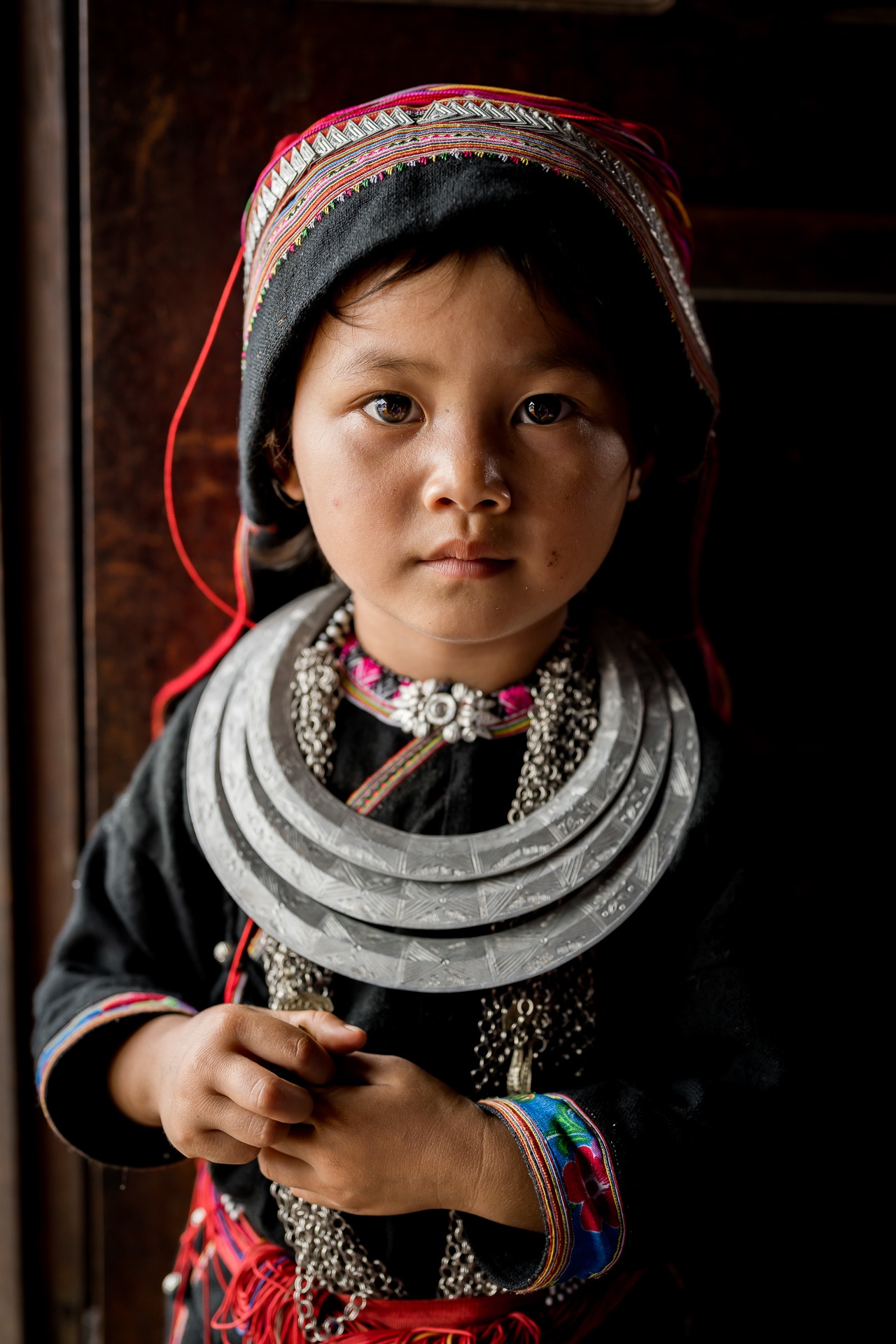
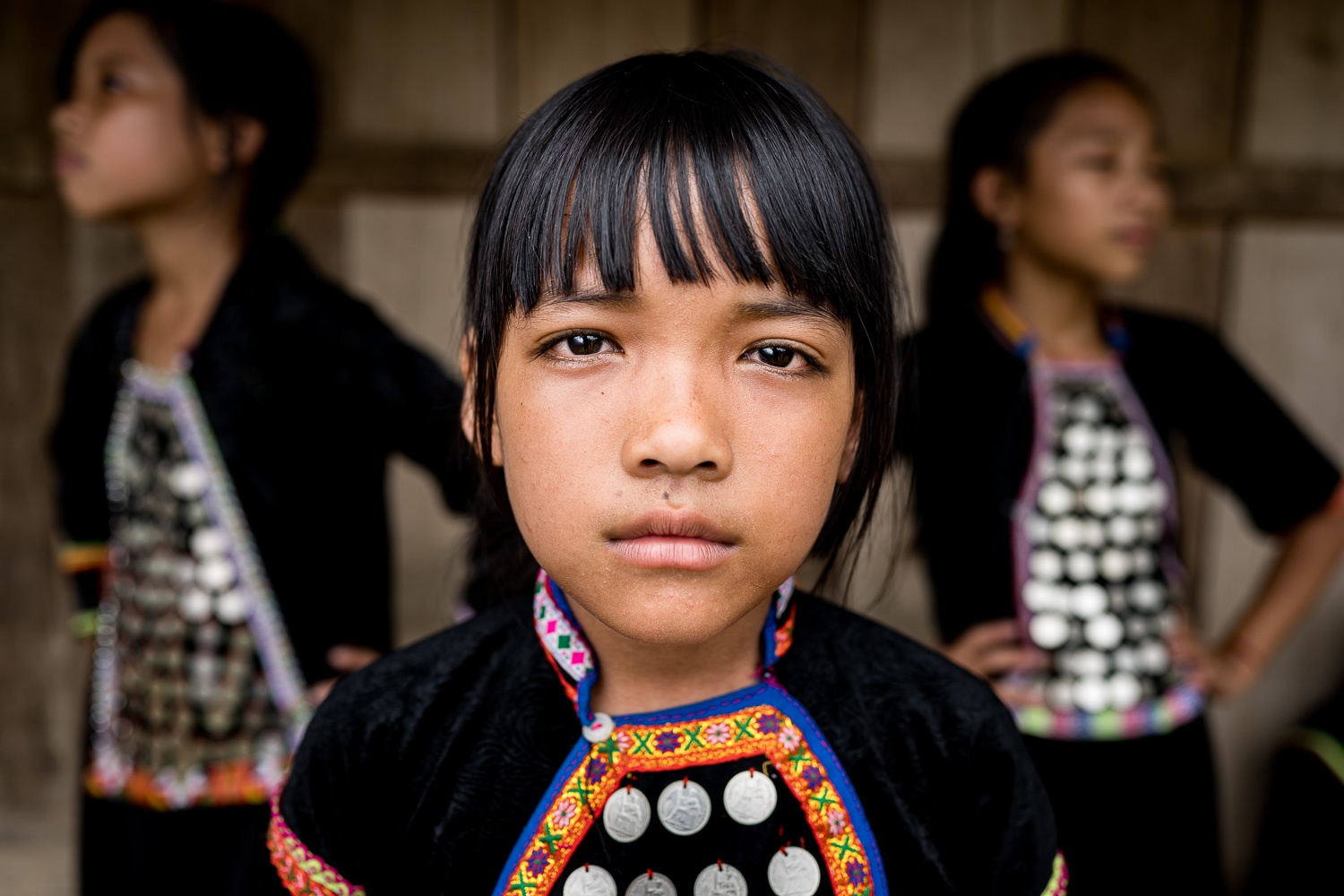
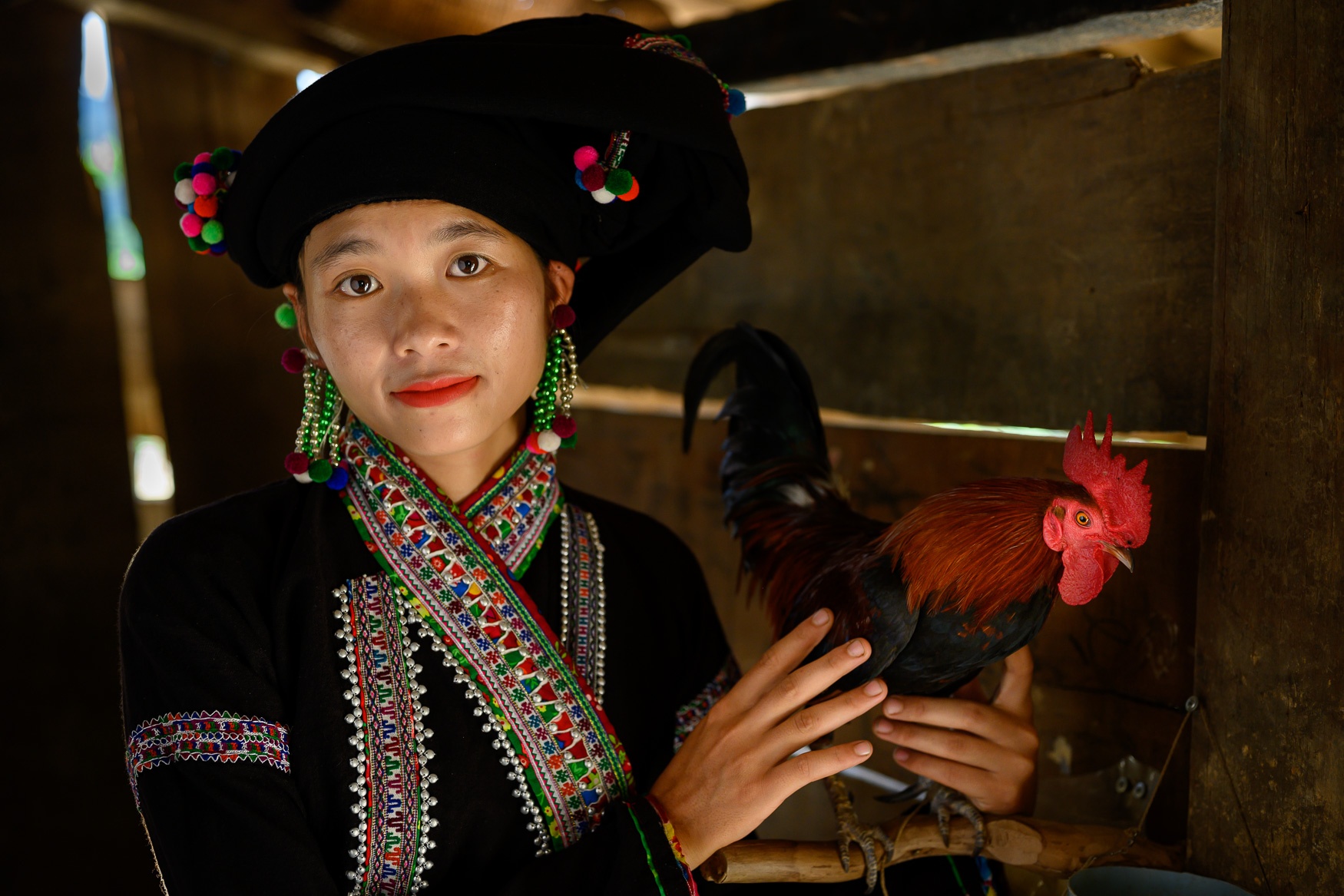
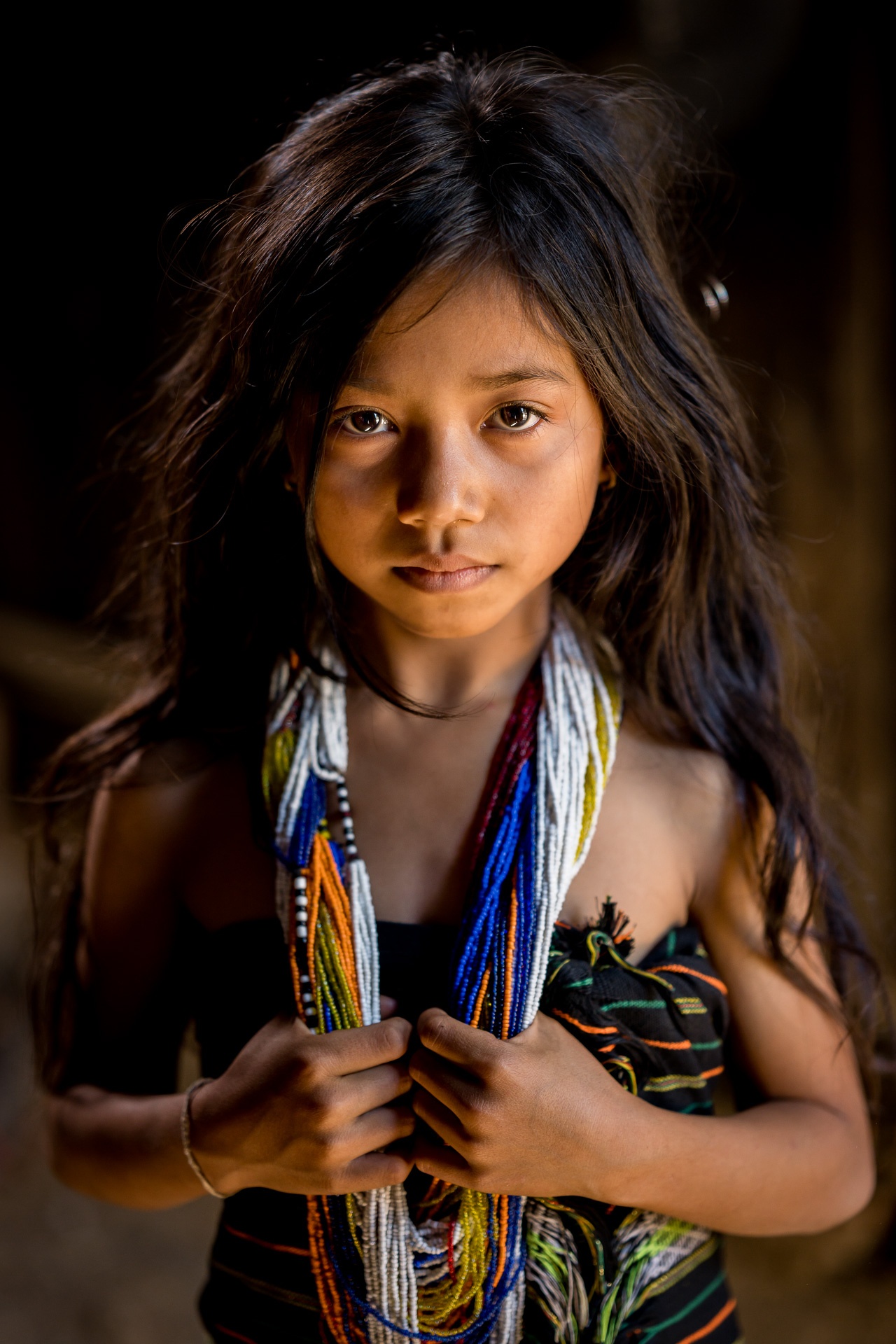
But, said Anderson and Nguyen, the rewards are high. Anderson compared the thrill to that of his old hobbies of canyoneering and exploring in the United States wilderness.
According to him, “it’s kind of a similar feeling in that you are discovering something and anticipating seeing these people and learning about their culture”.
“You just never know what you’re going to come across,” he added.
The people, of course, are the highlight. Anderson says that Nguyen is naturally skilled at connecting with all types of people. He himself finds that he often forms a bond with older members of the communities he visits.
One such example he describes is Ngat, a J’rai elder he photographed earlier this year. Anderson was struck by the 90-year-old man’s strong presence and spirit of perseverance. Despite a falling tree dealing him a permanent limp decades ago, Anderson says that this does not affect Ngat’s ability, nor his outlook on life.
Indeed, one cannot help but notice the look of soft resolve in Ngat’s portrait on Instagram, along with the half smile set in a face that, for Anderson, evokes the old images of stoic Native Americans.
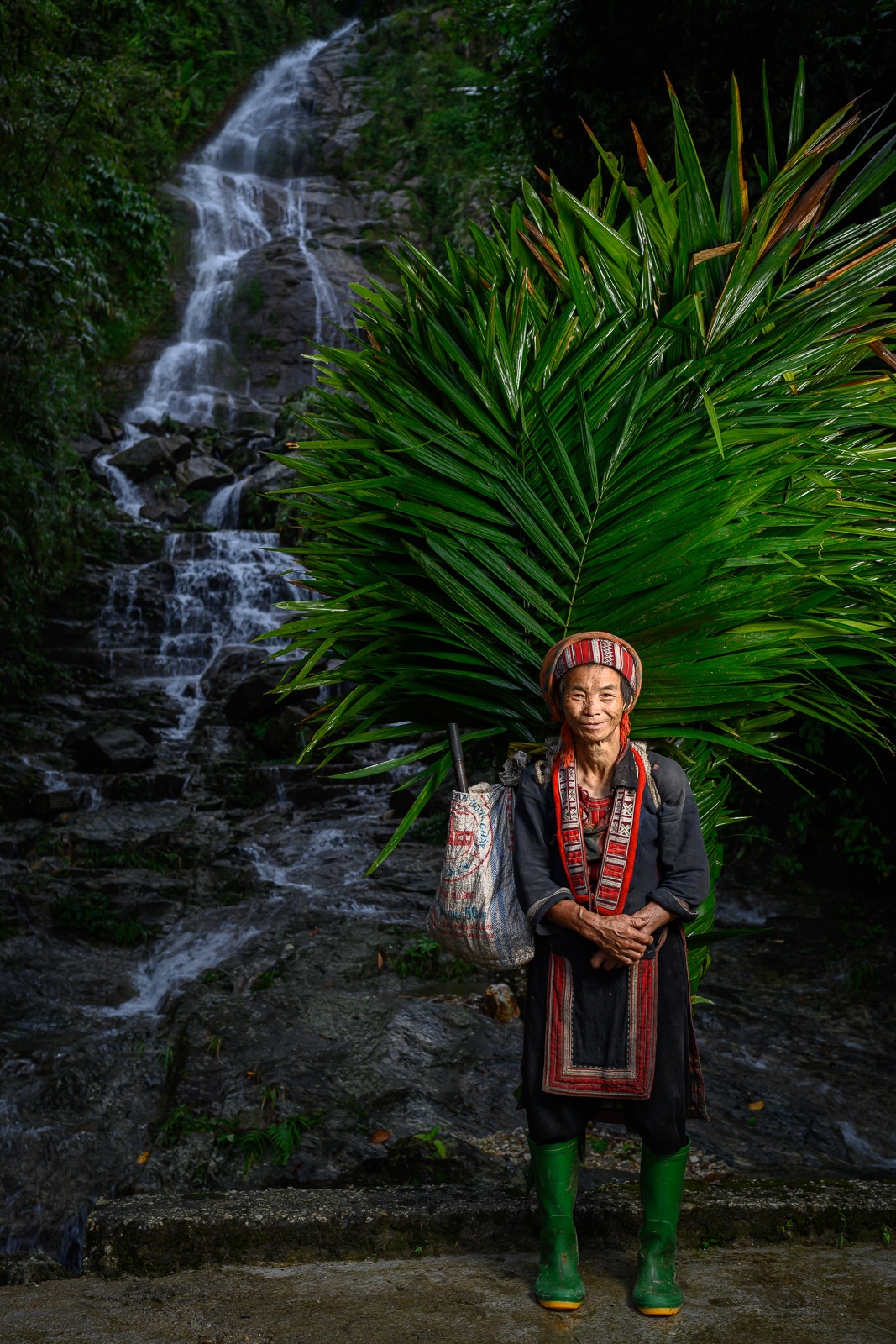
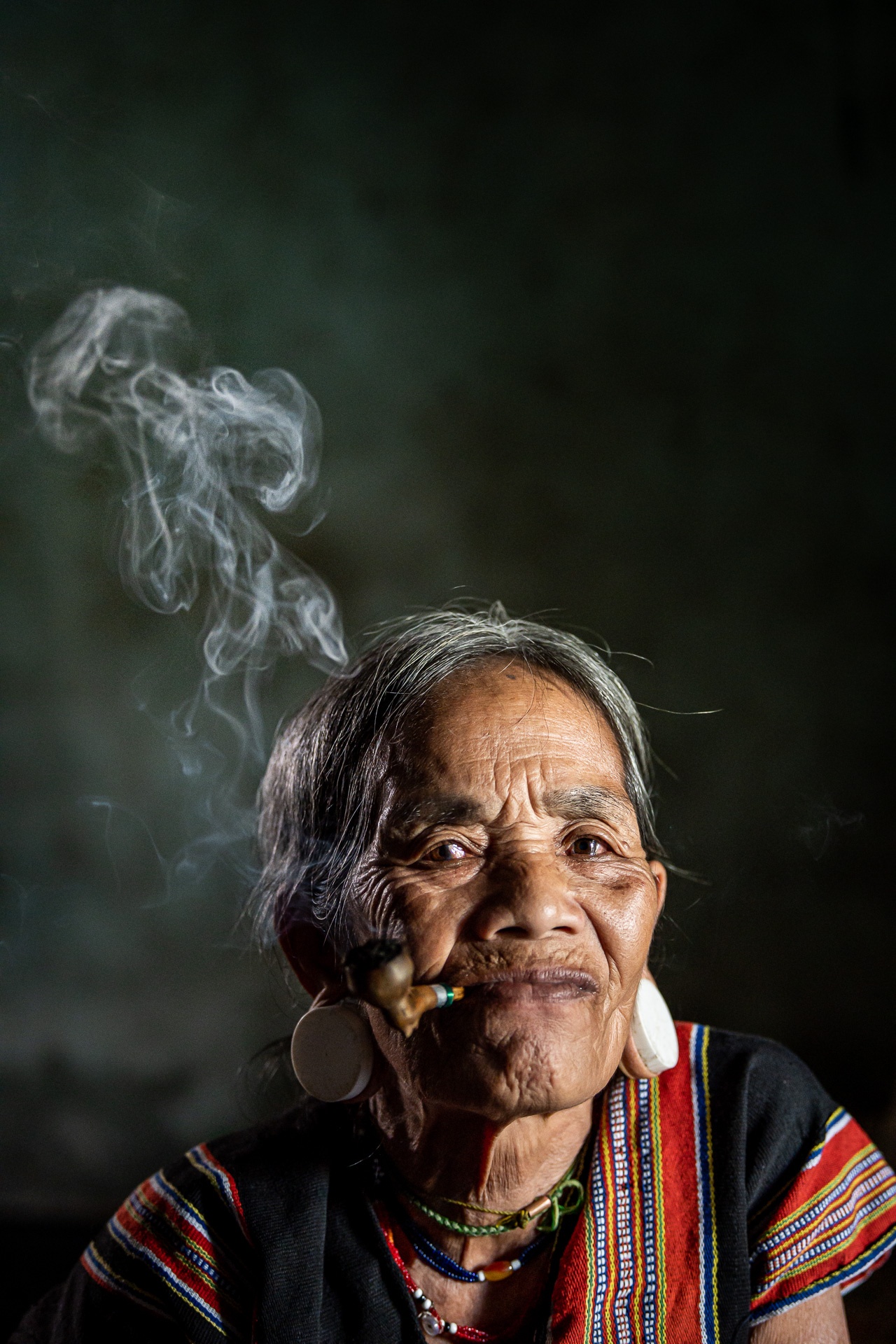
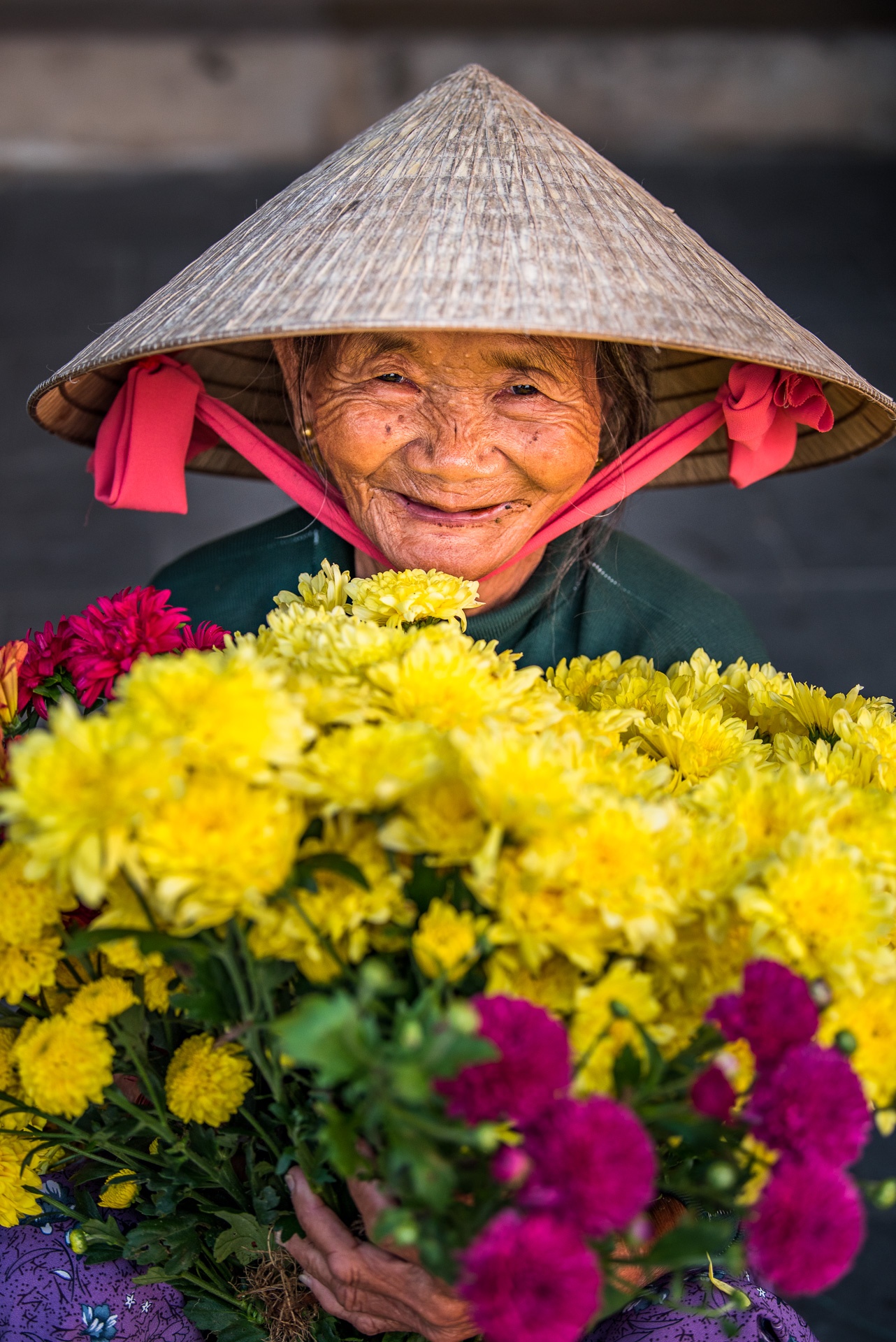
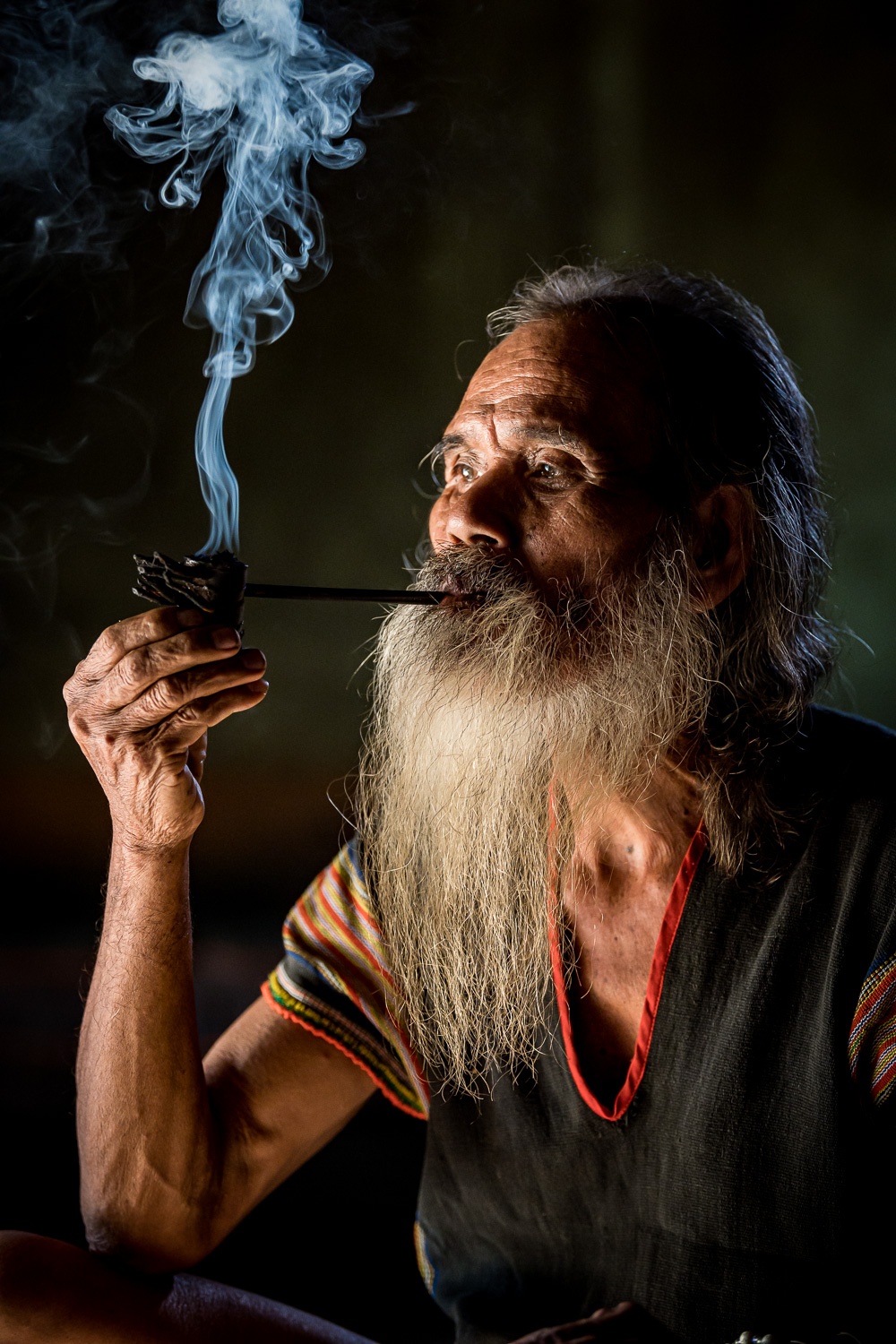
Anderson and Nguyen always attempt to return to villages they have previously visited to deliver framed portraits to their subjects, plus care packages with items that can help them with daily life. All of this, they explained, is the pair’s way of showing gratitude toward the individuals who have let them into their homes and patiently sat in front of the camera.
Anderson spoke of the pride that shines through the subjects’ faces when they are presented with their own picture.
“It’s really heartwarming just seeing them,” he said. “It’s something that’s going to last a long time and mean a lot to their families.”
Part of their objective with Vietnam the People is to clear up misinformation about ethnic groups that pervades existing published accounts, knowledge that they discover to be false once they meet minority members in person. Nguyen stated that one of the main goals of their forthcoming book is to set the record straight about some of these minorities with personal stories and local accounts.
The two are competing against time. Many of the older generations of these groups are passing away without fully relaying their traditions to their children and grandchildren. These younger generations in turn are increasingly embracing modern lifestyles at the expense of older ways of living. All of this lends a sense of urgency to the duo’s mission of capturing these customs and practices before they disappear forever.
In the meantime, though, they are appreciating the opportunity to see the wonders of Vietnam.
“I can see more of the beauty of Vietnam,” Nguyen said. “It makes me proud and love my country more.”
Anderson’s Instagram account 360nomad can be found here.
![[Photos] Celebrating Vietnam’s ethnic minorities through portraiture](https://southeastasiaglobe.com/wp-content/uploads/2020/08/35e882a4.jpeg)

